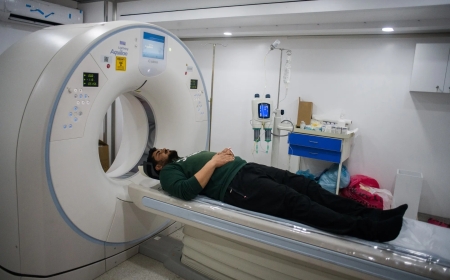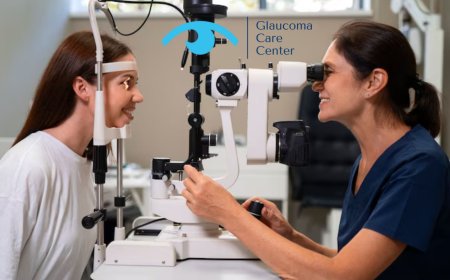Top Neurology Coding Tips to Maximize Reimbursement – Webill Guide
Top Neurology Coding Tips to Maximize Reimbursement – Webill Guide. Get expert medical billing services and revenue cycle management solutions in the USA

In neurology practices, accurate medical coding is essential not just for compliance, but for maintaining a healthy revenue cycle. Neurology encompasses a wide range of complex diagnoses and procedures that require detailed documentation and precise coding. Without the right strategy, practices risk undercoding, denials, or lost income.
At Webill, we specialize in optimizing neurology billing. In this guide, we outline top neurology coding tips that will help you reduce errors, minimize denials, and maximize your reimbursement.
1. Prioritize Detailed Clinical Documentation
Accurate coding starts with thorough documentation. Neurologists should clearly describe:
-
Diagnosis specifics (e.g., seizure type, migraine frequency)
-
Chronicity (acute, chronic, recurrent)
-
Laterality (left, right, bilateral)
-
Severity (e.g., intractable vs. non-intractable epilepsy)
The more detail you capture, the neurology cpt codes more precise your coding can be, especially with ICD-10-CM's specificity requirements.
2. Use the Most Specific ICD-10 Codes
Neurology diagnoses often fall under broad categories with nuanced subtypes. Avoid using unspecified codes when more specific ones apply. For example:
-
Use G40.311 (Generalized idiopathic epilepsy, intractable, with status epilepticus) rather than G40.909 (Epilepsy, unspecified).
-
Use G43.001 (Migraine without aura, not intractable, with status migrainosus) instead of general migraine codes.
Specificity improves medical necessity justification and minimizes claim denials.
3. Stay Current with CPT Code Updates
CPT codes for neurology procedures such as EEGs, EMGs, and nerve conduction studies are periodically updated. Keep an eye on changes to avoid using outdated codes. Commonly used CPT codes in neurology include:
-
95816 Routine EEG, awake and drowsy
-
95910 Nerve conduction studies (78 studies)
-
95972 Intracranial neurostimulator programming, complex
Use time-based codes and multiple procedure modifiers appropriately to avoid bundling issues or underreporting.
4. Understand Modifier Use in Neurology Billing
Modifiers provide essential details about services and can affect payment. Commonly used modifiers in neurology include:
-
-25: Significant, separately identifiable E/M service on the same day as a procedure
-
-59: Distinct procedural service (e.g., when nerve studies are done with EMG)
-
-26/-TC: For split-billing technical and professional components of tests like EEGs
Incorrect or missing modifiers can result in partial payments or denials.
5. Document and Code for Medical Necessity
Payers often deny claims due to insufficient support for medical necessity. To avoid this:
-
Link diagnoses to all billed services
-
Reference clinical guidelines or symptoms
-
Justify tests and procedures with prior treatments, progress notes, or failed medications
Always align services with payer-specific Local Coverage Determinations (LCDs).
6. Leverage Time-Based E/M Coding Correctly
With 2021 E/M guideline updates, time now plays a larger role in determining levels of service for office visits. For neurology visits:
-
Include time spent on history, counseling, coordination of care, etc.
-
Document total time clearly and accurately
-
Use complexity-based coding if time is not the dominant factor
7. Conduct Regular Internal Coding Audits
Routine internal reviews help catch errors early and identify trends that could impact revenue. Audit:
-
High-denial codes and modifiers
-
Documentation sufficiency
-
Trends in downcoding or underbilling
Webill clients benefit from built-in auditing tools and monthly coding reviews to stay ahead of issues.
8. Know Your Payers' Policies
Each payer has unique requirements, especially for specialized neurology services like:
-
Botox for chronic migraine
-
EEG monitoring
-
Deep brain stimulation programming
-
Sleep studies and polysomnography
Stay updated on authorization requirements, LCDs, and bundling policies through payer portals or Webills payer intelligence dashboard.
Conclusion
Neurology billing doesn't have to be a source of frustration. With detailed documentation, accurate code selection, proper modifier use, and awareness of payer policies, your practice can reduce denials and capture the full value of services rendered.
At Webill, we help neurology practices code smarter, bill faster, and collect more. Our team of certified neurology billing specialists and AI-powered tools.



































